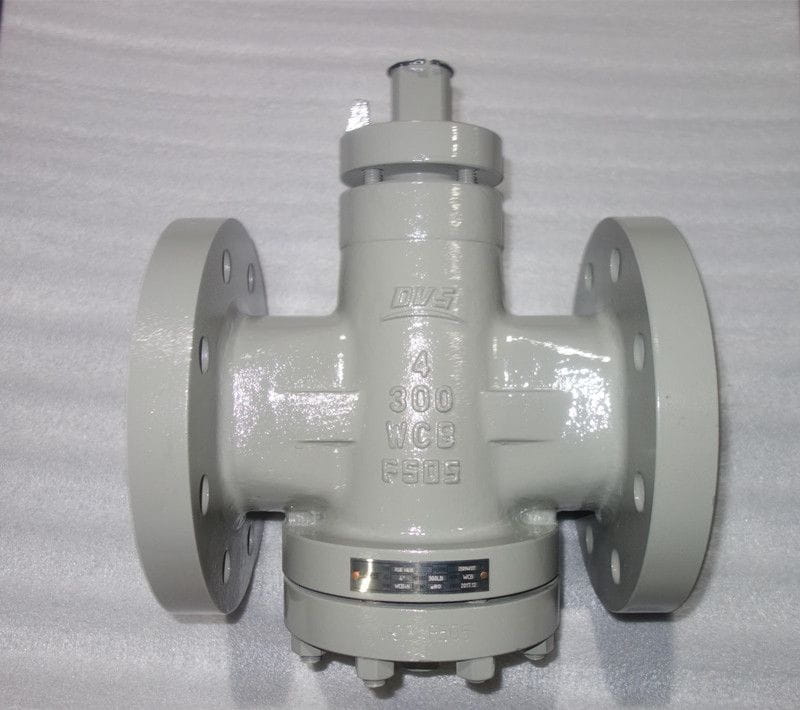The Structure and Feature of Plug Valve
Plug valve is a closed or plunger-shaped rotary valve to close or open by turning 90 degrees so that the port on the valve plug can be same or separate direction from the port on the valve body. The shape of the plug can be cylindrical or conical. In cylindrical plugs, the channels are generally rectangular; for Conical valve plug, the channel into the trapezoidal. These shapes make the plug valve structure lightweight, but also produce some loss.
Plug valves are best suited for shutting off and connecting the medium as well as for shunting, but are sometimes also used for throttling depending on the applicable properties and the erosion resistance of the sealing surface.
Due to the wiping effect of the movement between the sealing surfaces of the stopcock and full contact with the flowing medium when fully open, it is also commonly used for media with suspended particles. Another important feature of the
plug valve is its ease of adaptation to multichannel structures, so that one valve can take two, three, or even four different flow paths. This simplifies the design of the piping system, reducing the amount of valves and the number of fittings needed in the equipment.

